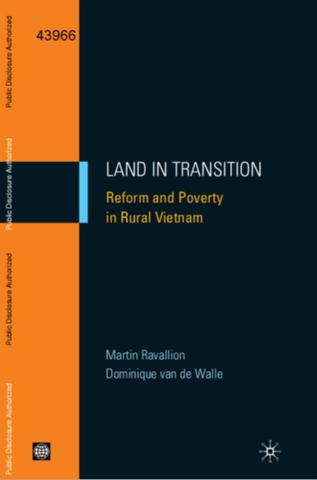Gender and Asset Ownership : A Guide to Collecting Individual-Level Data
Ownership and control over assets such
as land and housing provide direct and indirect benefits to
individuals and households, including a secure place to
live, the means of a livelihood, protection during
emergencies, and collateral for credit that can be used for
investment or consumption. Unfortunately, few studies -
either at the micro or macro levels- examine the gender
dimensions of asset ownership. This paper sets out a


